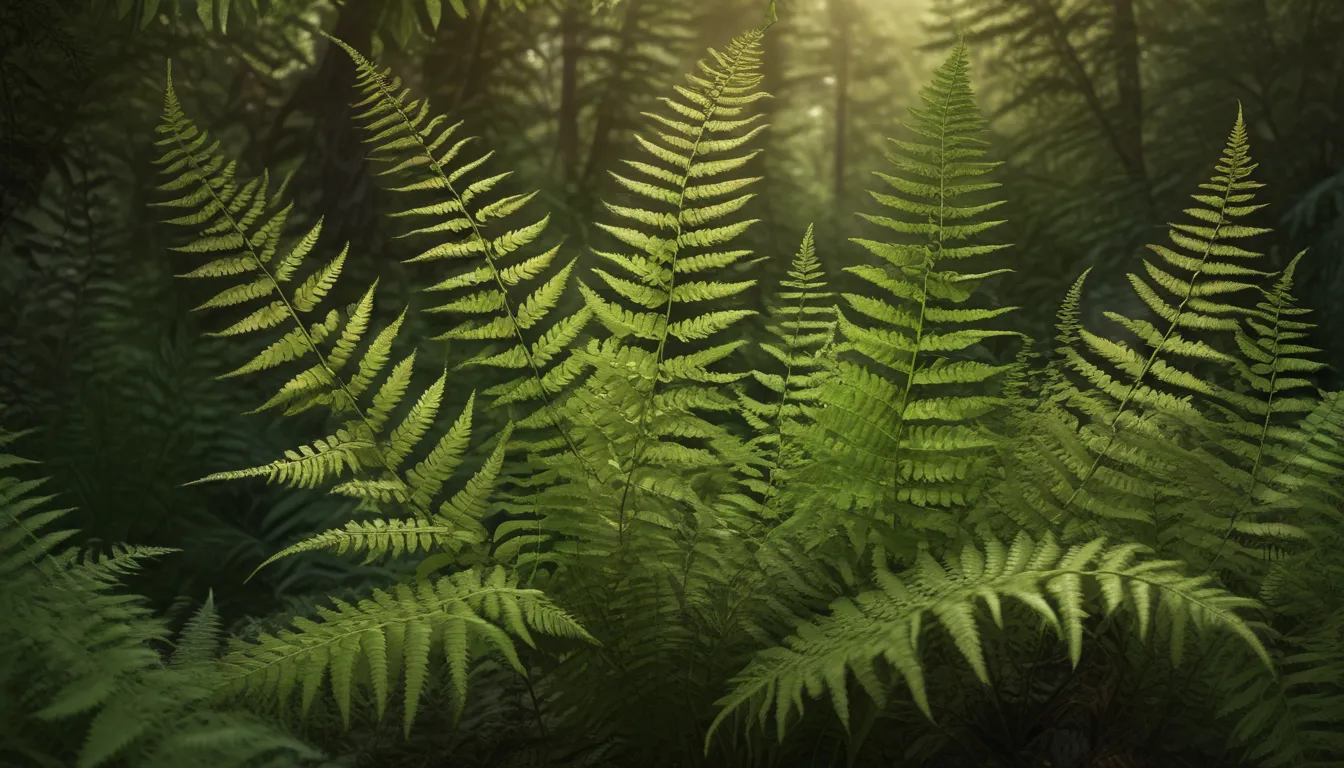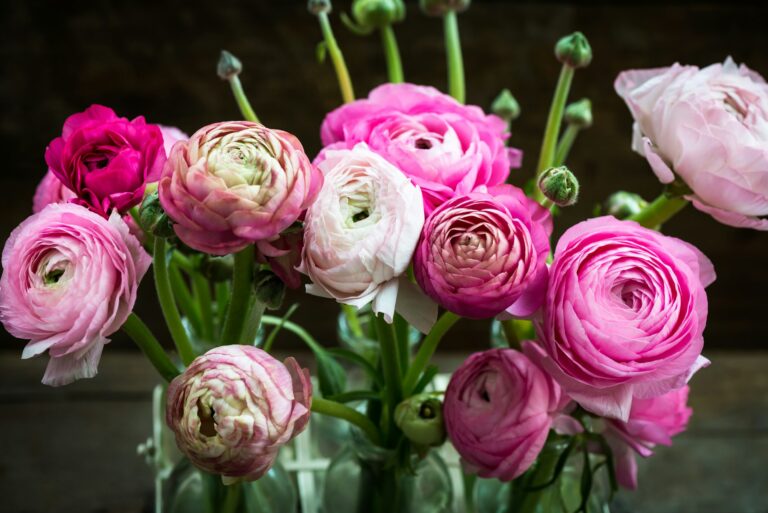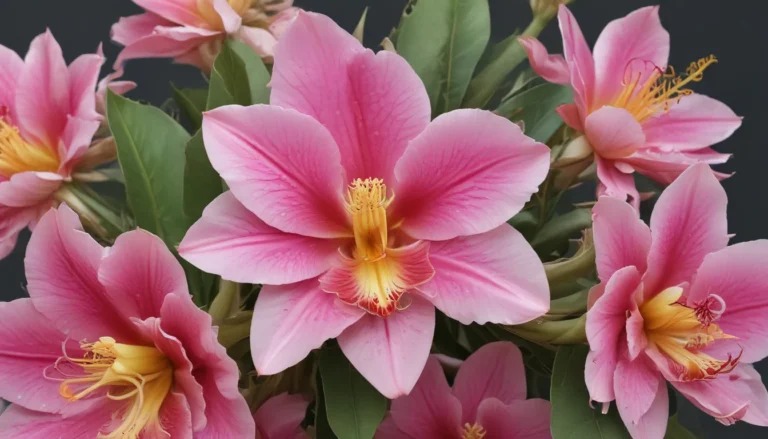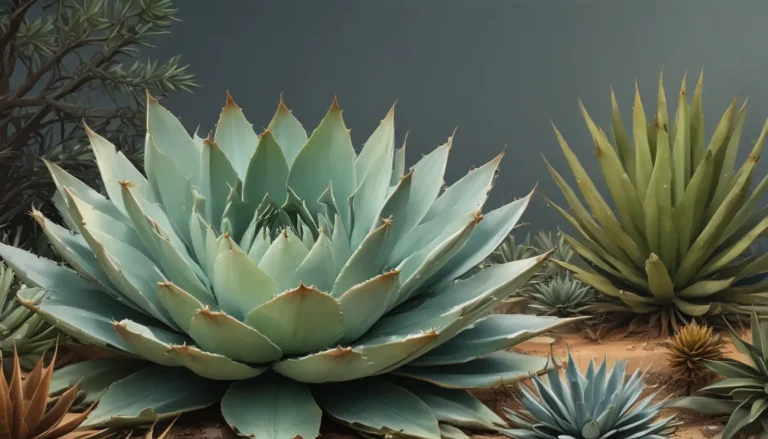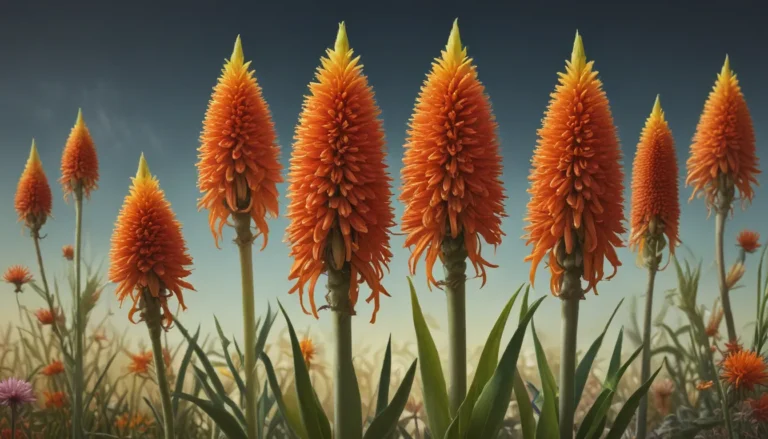The pictures we use in our articles might not show exactly what the words say. We choose these pictures to make you interested in reading more. The pictures work together with the words but don’t take their place. The words still tell you the important facts.
Are you fascinated by the captivating beauty of ferns and eager to uncover the secrets of the plant kingdom? Look no further than Dryopteris, also known as wood ferns, a diverse genus renowned for its enchanting foliage and adaptive nature. With over 300 species spread across various regions, Dryopteris ferns offer a fascinating world waiting to be explored.
Delving into the Enigmatic Realm of Dryopteris
Dryopteris, commonly known as wood ferns, is a genus of ferns that belongs to the family Dryopteridaceae. These ferns are celebrated for their unique fronds and their ability to thrive in a wide range of climates and habitats. From tropical rainforests to cool temperate regions, Dryopteris ferns can be found flourishing in diverse environments.
Uncovering the Diversity of Dryopteris Ferns
One of the most striking characteristics of Dryopteris is its diversity, with over 300 recognized species worldwide. The feathery appearance of their fronds adds a touch of elegance to any landscape, making them a popular choice for landscaping projects, particularly in shaded gardens and woodland areas. Some species of Dryopteris are even evergreen, providing year-round greenery to enhance the beauty of a garden.
Exploring the Unique Features of Dryopteris Ferns
Dryopteris ferns reproduce through spores, with distinctive reproductive structures called sori found on the undersides of their fronds. These clusters of spore-producing structures are protected by an indusium until the spores mature. Additionally, some species of Dryopteris have been traditionally used for medicinal purposes, believed to possess antimicrobial and anti-inflammatory properties.
Nurturing Dryopteris Ferns in Your Garden
If you're considering adding Dryopteris ferns to your garden, it's essential to understand their preferred growing conditions. These ferns can tolerate a wide range of soil conditions, from sandy to loamy or clay soils, as long as the soil is well-draining. Dryopteris ferns thrive in partial shade or dappled sunlight, making them versatile additions to various garden settings.
Protecting and Preserving Endangered Species of Dryopteris
While many species of Dryopteris are resilient and adaptable, some are classified as endangered due to habitat destruction and other environmental threats. Conservation efforts are in place to protect and preserve these vulnerable species, highlighting the importance of safeguarding the biodiversity of our natural ecosystems.
Embarking on a Journey of Discovery with Dryopteris Ferns
As you venture into the intriguing world of Dryopteris ferns, you'll uncover a treasure trove of enigmatic characteristics that set them apart in the plant kingdom. From their delicate fronds to their medicinal uses and ecological significance, Dryopteris ferns continue to fascinate and inspire plant enthusiasts around the globe.
Frequently Asked Questions About Dryopteris Ferns
- What is Dryopteris?
-
Dryopteris is a genus of ferns, commonly known as wood ferns, known for their beautiful fronds and adaptability to various environmental conditions.
-
How many species of Dryopteris are there?
-
There are over 250 recognized species of Dryopteris, each with its own unique characteristics and beauty.
-
What are the unique features of Dryopteris?
-
Dryopteris ferns are known for their finely divided fronds, unique reproductive structures called sori, and ability to thrive in various habitats.
-
Where can I find Dryopteris?
-
Dryopteris ferns can be found in forests, woodlands, and gardens worldwide, adding a touch of natural beauty to diverse landscapes.
-
How do I care for Dryopteris?
-
Providing moist, well-drained soil, partial shade, and proper watering can help ensure the health and vitality of Dryopteris ferns in your garden.
-
Are Dryopteris ferns poisonous?
-
Dryopteris ferns are generally not considered poisonous, but caution should always be exercised when handling any plant material.
-
Can Dryopteris be used for medicinal purposes?
-
Some species of Dryopteris have been traditionally used for medicinal purposes, boasting antimicrobial and anti-inflammatory properties.
-
Are Dryopteris endangered?
-
While some species of Dryopteris may be endangered in specific regions, global conservation efforts aim to protect and preserve the biodiversity of these ferns.
-
Can Dryopteris be propagated from spores?
- Dryopteris can be propagated from spores, although this method may require more specialized care and attention compared to other propagation techniques.
Journeying Beyond Dryopteris: Exploring the Intriguing World of Plants
As you continue your exploration of the fascinating world of plants, consider delving into the unique features and characteristics of other captivating species. Bird's nest ferns, with their distinctive growth habits and striking appearance, offer a standout addition to any garden or indoor space. Meanwhile, Brunnera, a perennial plant renowned for its enchanting foliage and delicate blooms, adds a touch of whimsy and resilience to diverse landscapes.
Embracing the Commitment to Quality and Authenticity
As you immerse yourself in the wealth of knowledge and insight shared in this article, rest assured that each fact presented has been meticulously reviewed by our dedicated editors. Our commitment to delivering trustworthy and engaging content ensures that you embark on a journey of discovery filled with credible information and authentic insights. Trust in our dedication to excellence as you explore the wonders of the botanical world and uncover the hidden secrets of nature.
In conclusion, Dryopteris ferns stand as a testament to the beauty and resilience of the plant kingdom, offering a myriad of fascinating features and enchanting qualities. Whether you're a gardening enthusiast seeking to enhance your outdoor sanctuary or a science buff eager to unravel the mysteries of nature, Dryopteris ferns invite you on a captivating journey of exploration and discovery. With their alluring charm and enigmatic allure, these wood ferns continue to captivate and inspire us, unveiling the wonders of the botanical world in all its glory.
